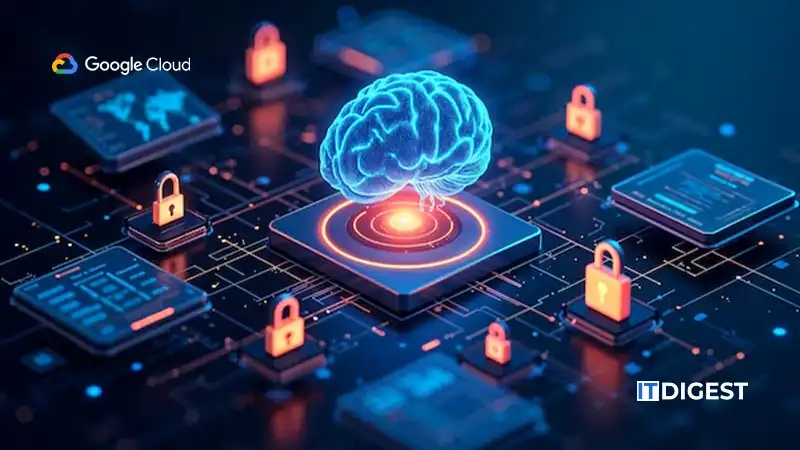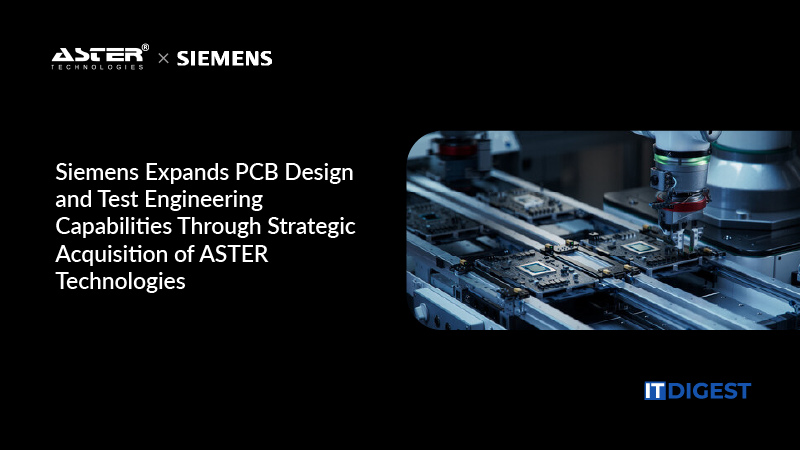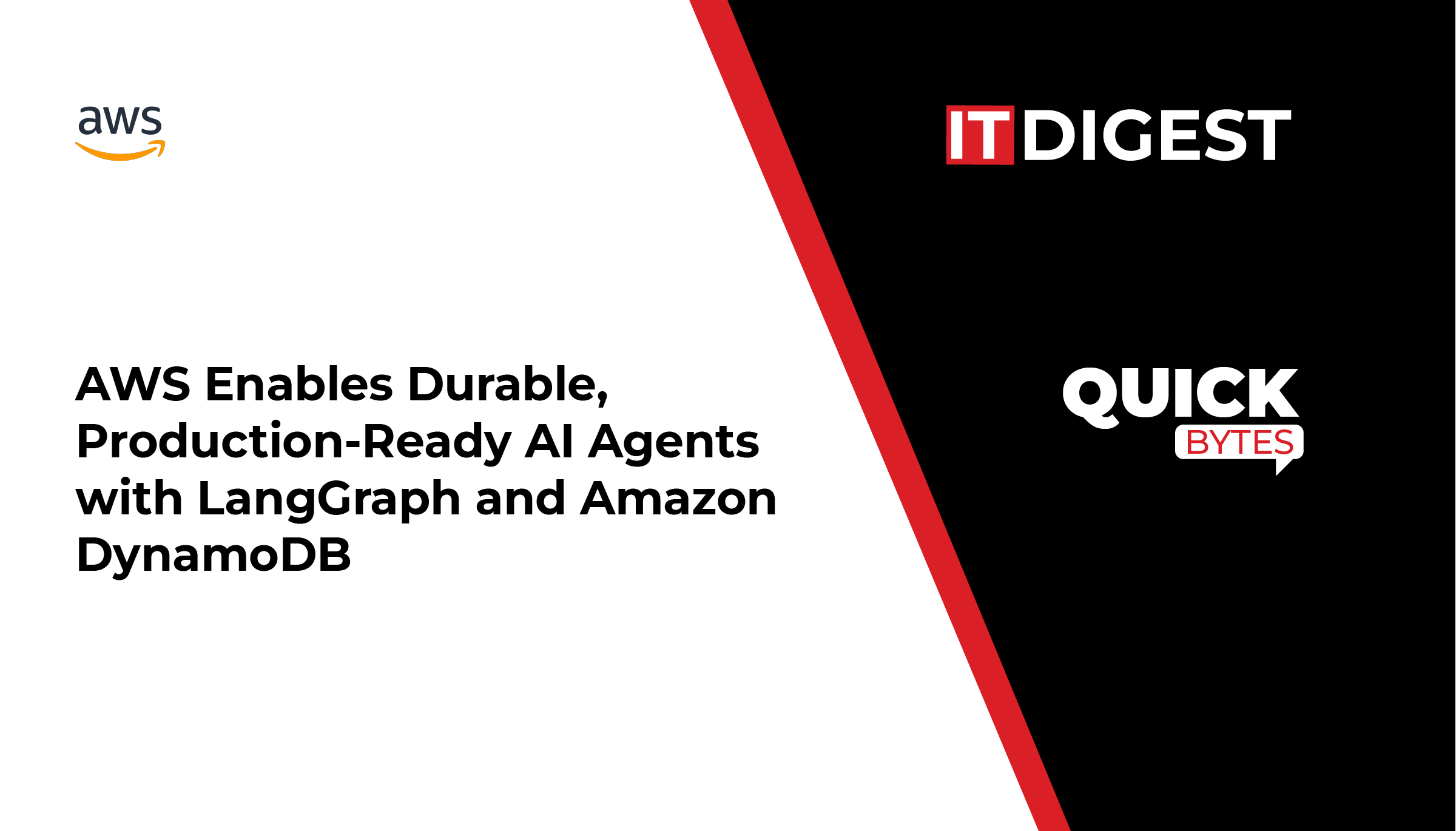Infobip, the global cloud communications platform, and Nokia announced a partnership agreement. Both want to use their application programmable interface (API) platforms to more quickly create a wider array of applications powered by the telco network for consumers, enterprises and industrial customers.
Infobip’s market-leading Cloud Communications Platform as a Service (CPaaS) provides developers with APIs to integrate real-time omnichannel communications capabilities such as SMS, voice, video, chat apps and network APIs into their applications. Nokia’s Network as Code platform with developer portal provides developers with APIs for the 5G network, such as Quality of Service (QoS) on demand, device location refinement, network slicing and 4G features.
Developers can use all of these features more easily. This means that all network and CPaaS APIs are available when developing new use cases, which can increase the performance of the applications.
Also Read: Virtual Internet announces Virtual 5G Enhanced Networking in support of Wearable Device Technology
Nokia’s network as a code platform with a developer portal brings together networks from all over the world, as well as system integrators and software developers. Technical standards created through industry initiatives are used, such as GSMA Open Gateway and the Linux Foundation CAMARA. Nokia and Infobip contribute to both initiatives.
Infobip’s use cases include CAMARA-compliant Number Verify and SIM Swap APIs, which are already live. Additional use cases such as Device Location and quality-on-demand APIs are expected to come to market soon. There are now 12 API collaboration agreements in place. The CPaaS platform was recently named a finalist in the Global Mobile Awards GSMA Open Gateway Challenge for its anti-fraud intelligence.
Thanks to the collaboration between Infobipand Nokia, developers’ work becomes easier because the underlying, complex network technologies no longer play a role. This means developers can integrate functions into their applications more quickly and no longer need to work separately with the two company platforms.
SOURCE: Businesswire


































